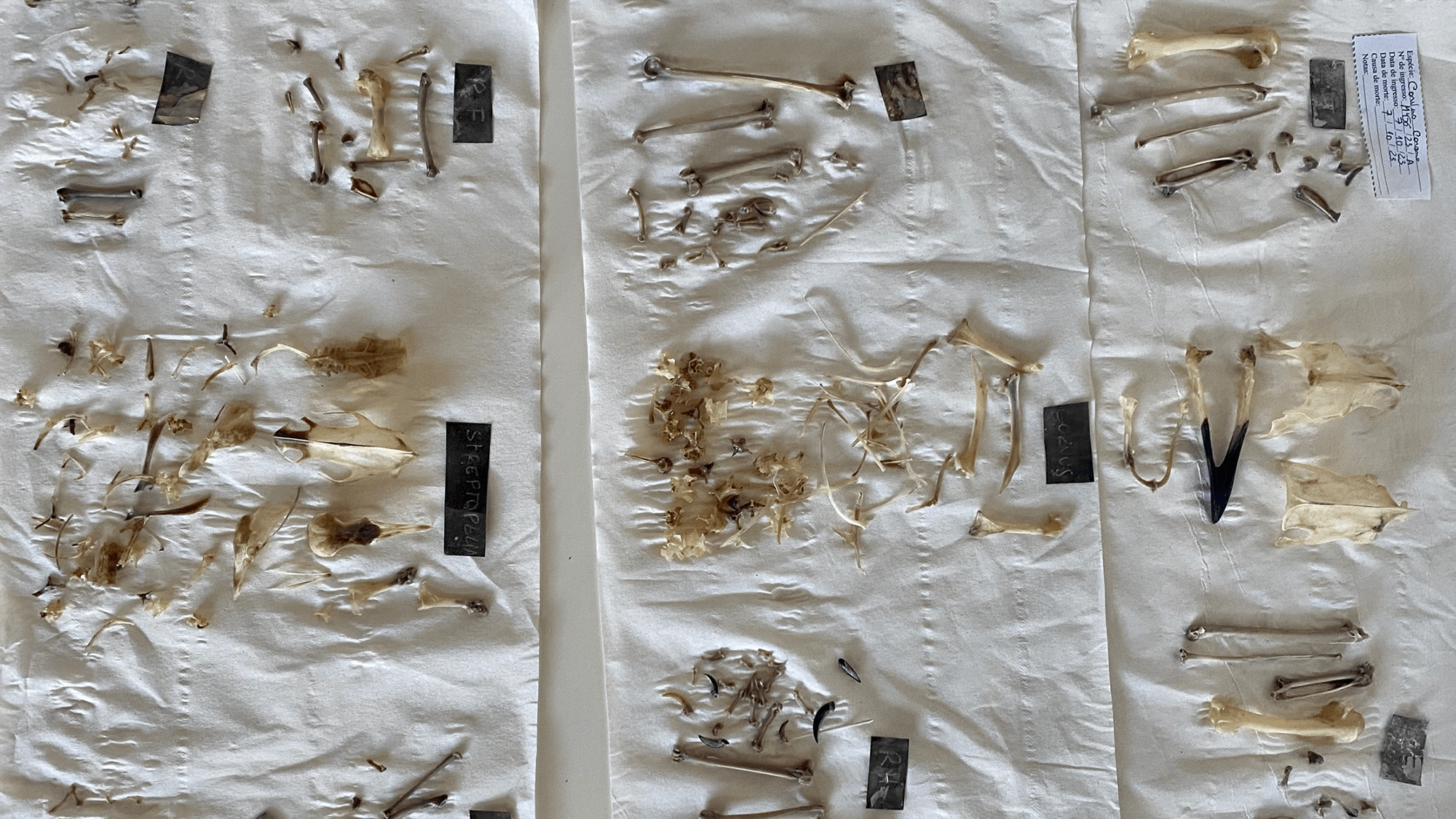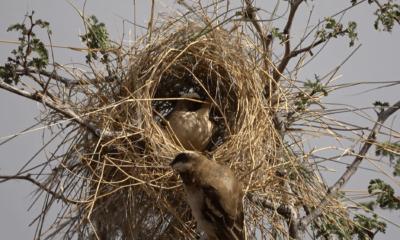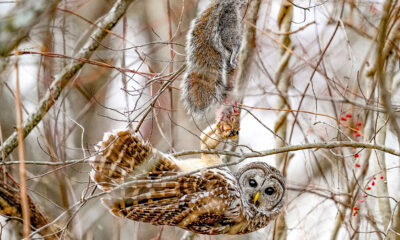Gadgets
Neanderthals ate birds. But how?

Understanding the diet of Neanderthals is a challenging task, especially when it comes to smaller items like birds that leave few archaeological traces. However, knowing more about their food sources is crucial to understanding how these adaptable hominins thrived in diverse environments. A team of scientists conducted an experiment where they cooked modern birds using the tools and methods available to Neanderthals. The findings of this study were published on July 24 in the journal Frontiers in Environmental Archaeology.
[Related: Humans have been eating hazelnuts for at least 6,000 years.]
Mariana Nabais, an archaeologist at Institut Català de Paleoecologia Humana i Evolució Social in Spain and a co-author of the study, highlighted the precision and effort required to use flint flakes for butchering. The experiments shed light on the practical challenges Neanderthals faced in food processing and cooking, providing a tangible connection to their daily lives and survival strategies.
Neanderthal butchers
While Neanderthals hunted large game, such as cave lions, less is known about the avian species they consumed. The team tested food preparation methods on various wild birds to understand tool traces left on bones and compare them to naturally caused damage.
The team created an experimental database by examining five wild birds that had died naturally. They selected species like carrion crows, collared doves, and wood pigeons, similar to what Neanderthals might have eaten. By referring to archaeological evidence and ethnographic data, they determined the cooking methods used by Neanderthals.
The birds were defeathered by hand, and some were butchered raw with a flint flake while others were roasted over coals before butchering. The team found that roasting made the butchering process easier and quicker.
“Roasting the birds required careful temperature control and monitoring to avoid overcooking. Surprisingly, the roasting process was quicker than anticipated, with most of the time spent on preparing the coals rather than cooking,” said Nabais.
Bones that are not built to last
The team examined the bones under a microscope for cut marks, breaks, and burns, as well as the wear and tear on the flint flake used for butchering. The raw birds showed small scars from the flake, while roasted birds had more brittle bones with evidence of burning.
This study provides insight into Neanderthal food preparation methods and how visible they may be in the archaeological record. While roasting facilitated meat access, it also increased bone fragility, potentially affecting archaeological findings.
[Related: Bronze Age nomads used cauldrons for blood sausage and yak milk.]
Future studies could expand on these results by including more prey species and investigating the processing of birds for non-food products like feathers and talons. Nabais emphasized the need for further research with larger samples and diverse experimental conditions to enhance our understanding of Neanderthal diets.
Please rewrite this sentence.
-

 Destination9 months ago
Destination9 months agoSingapore Airlines CEO set to join board of Air India, BA News, BA
-

 Breaking News10 months ago
Breaking News10 months agoCroatia to reintroduce compulsory military draft as regional tensions soar
-

 Gadgets4 months ago
Gadgets4 months agoSupernatural Season 16 Revival News, Cast, Plot and Release Date
-

 Tech News1 year ago
Tech News1 year agoBangladeshi police agents accused of selling citizens’ personal information on Telegram
-

 Productivity12 months ago
Productivity12 months agoHow Your Contact Center Can Become A Customer Engagement Center
-

 Gadgets4 weeks ago
Gadgets4 weeks agoFallout Season 2 Potential Release Date, Cast, Plot and News
-

 Breaking News10 months ago
Breaking News10 months agoBangladesh crisis: Refaat Ahmed sworn in as Bangladesh’s new chief justice
-

 Toys12 months ago
Toys12 months ago15 of the Best Trike & Tricycles Mums Recommend





















